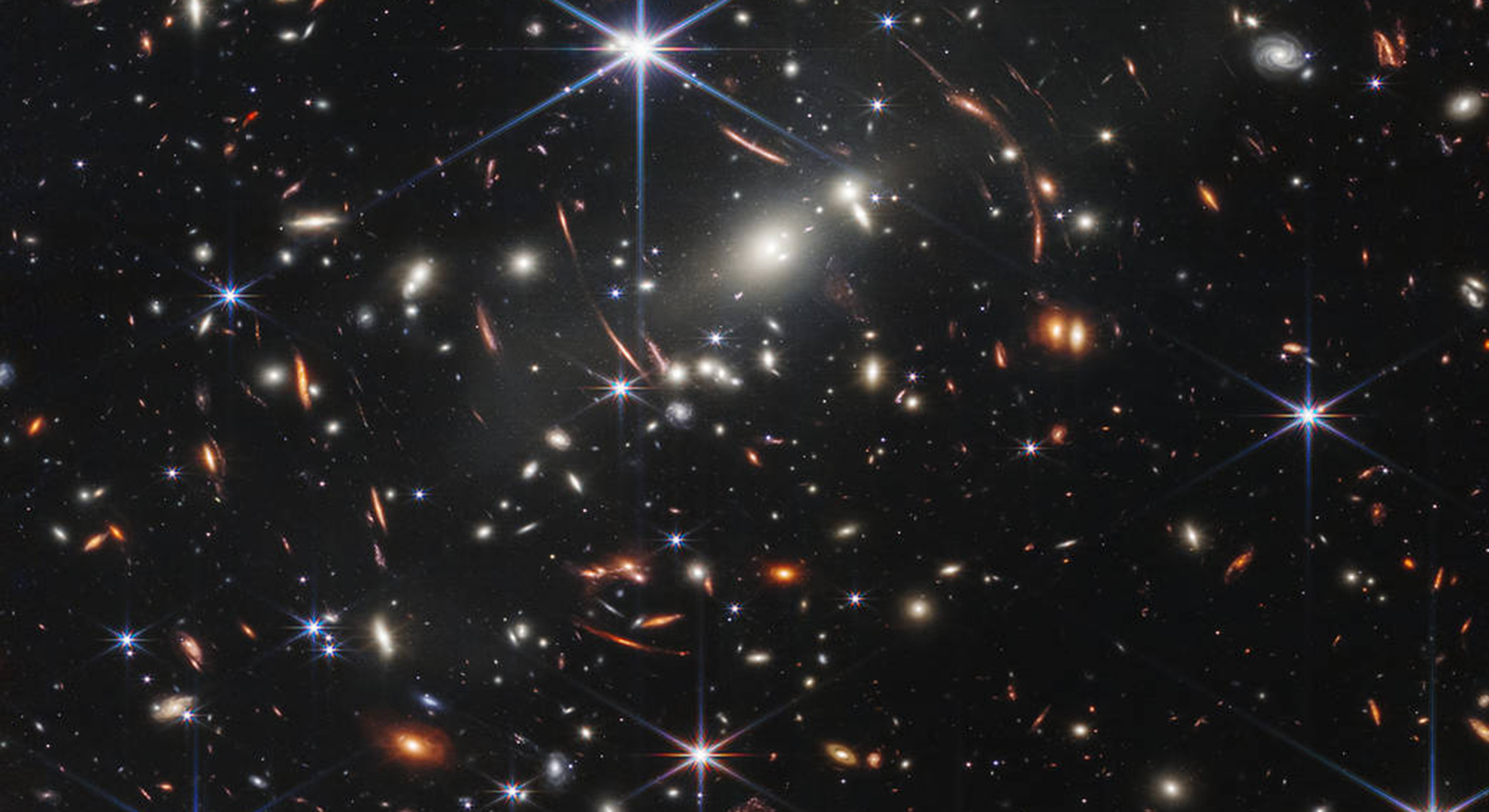Mission
Our mission is to discover, expand and communicate knowledge about astrophysics and atmospheric physics creating solutions for the benefit of society through excellence in natural and technical sciences.

The division studies processes in and around stars, galaxies, planets, the Solar System and the Universe as a whole and develops instrumentation to observe these objects. We also study the Earth's atmosphere and it's interaction with space.
Allan Hornstrup Head of Astrophysics and Atmospheric Physics Phone: +45 45259722 allan@space.dtu.dk
Malika Lund Administrative officer malilu@dtu.dk
Mission
Our mission is to discover, expand and communicate knowledge about astrophysics and atmospheric physics creating solutions for the benefit of society through excellence in natural and technical sciences.